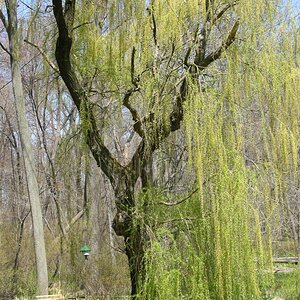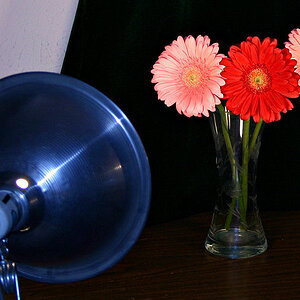johnwilliams
TPF Noob!
- Joined
- Apr 2, 2009
- Messages
- 16
- Reaction score
- 0
- Can others edit my Photos
- Photos OK to edit
Just wondering what the advantage of shooting in manual is? I've been looking at a few polls and the most popular setting seems to be manual, but i don't understand why, isn't it easier to just use either AV or TV depending on the shot n let the camera decide the other setting to get the correct exposure?


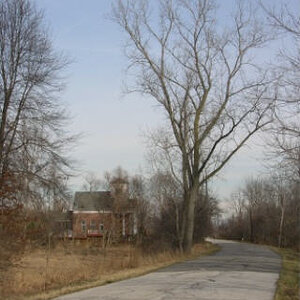
![[No title]](/data/xfmg/thumbnail/42/42040-7a66cabbeffd44783ea44a91ef4d0e70.jpg?1619739987)
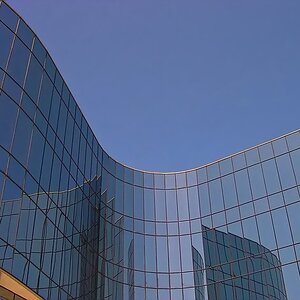
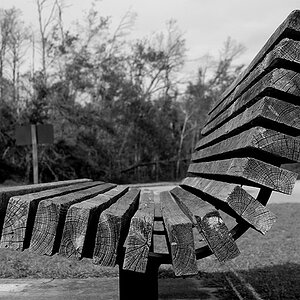
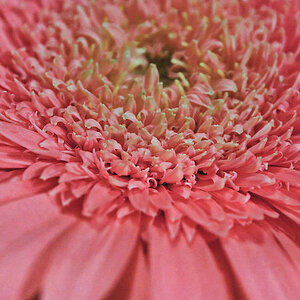

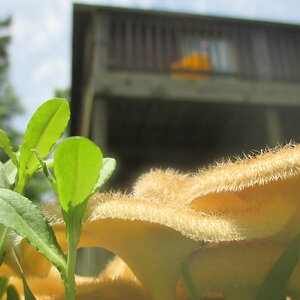
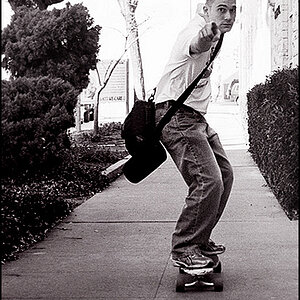
![[No title]](/data/xfmg/thumbnail/37/37614-3833b9d2e46075829c91cf9c0f47af69.jpg?1619738150)
